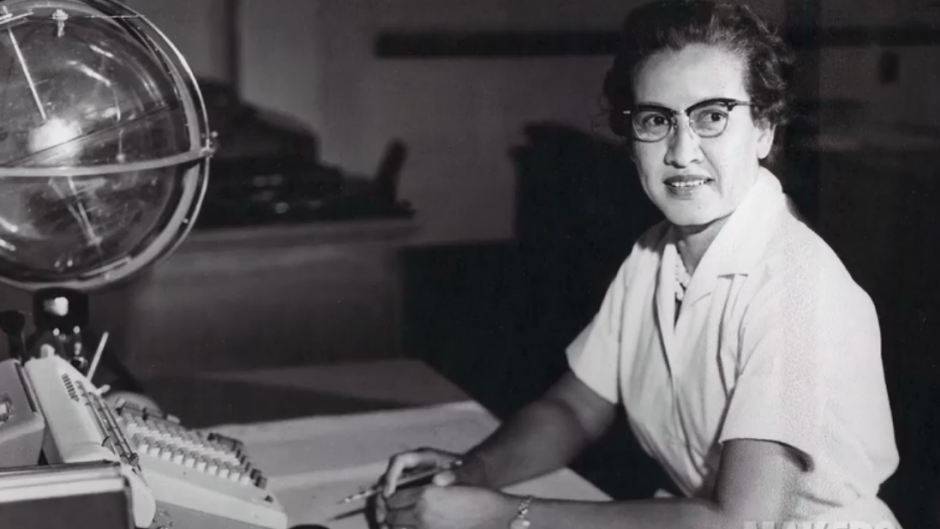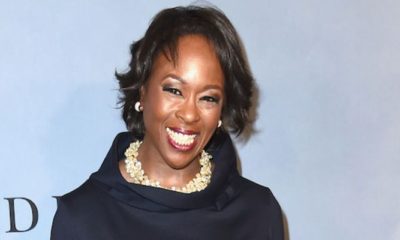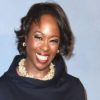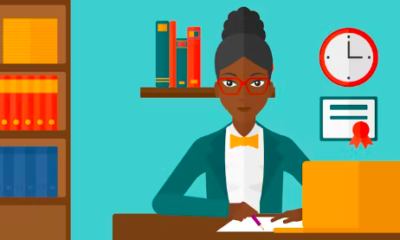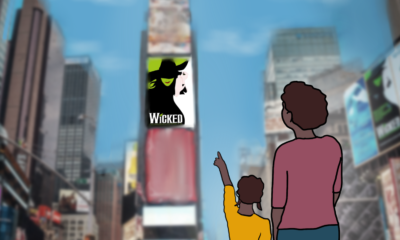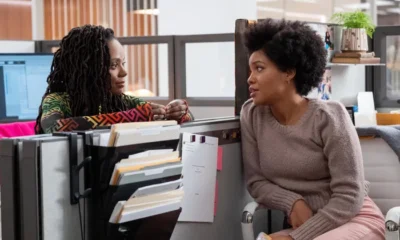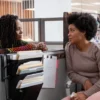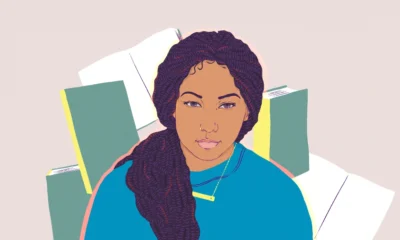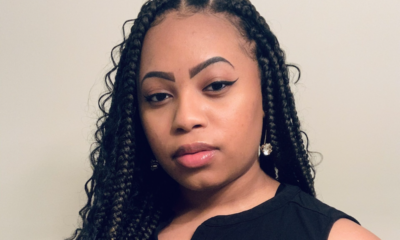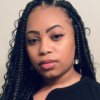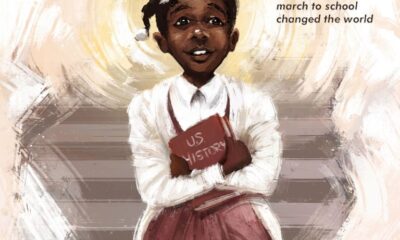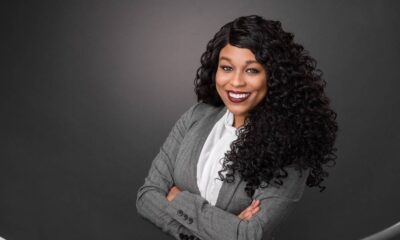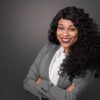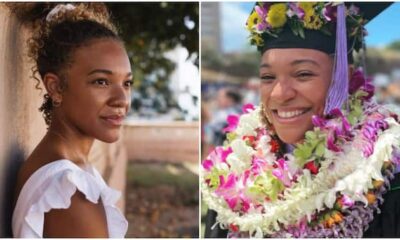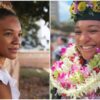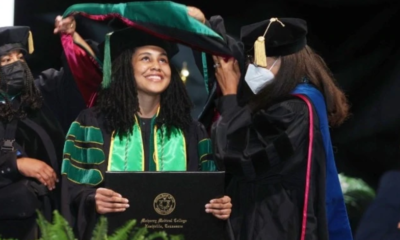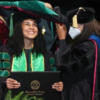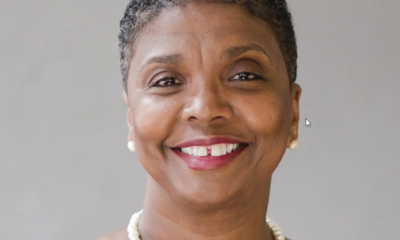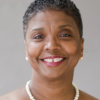Black Women in Education
Meet the black women who broke ground in NASA space race
When you think of computers you probably don’t think of people, and you probably don’t think of a group of women —many of them black women — solving math equations for what we now call NASA. But that’s how it was half a century ago.
A computer was a job category for someone who did calculations — a task mostly done by women at the Langley Memorial Aeronautical Laboratory in Hampton, Va.
Author Margot Lee Shetterly found that at least 80 black women worked as “human computers” at NASA during the mid-20th century. She talks about this in her new book Hidden Figures: The American Dream and the Untold Story of the Black Women Mathematicians Who Helped Win the Space Race.
“When we think about the first black Americans in the space program, we’re talking about women,” Shetterly tells The Current‘s Anna Maria Tremonti in October.
“I think that the everyday courage of these women definitely created opportunities for women of all colours and for African-American men.”
n a time where segregation was very much alive in West Virginia, women like Mary Jackson, and Katherine Johnson challenged their white males bosses and became progressive leaders in their field.
“Having a job as a professional mathematician, and in one of the highest level scientific organizations in the world —that truly was a door opening on an entirely new way of living and working,” says Shetterly.
Johnson played a key role in America’s race to space. It began when astronaut John Glenn — the first American to orbit the earth — made a special request.
“John Glenn asked Katherine Johnson to basically check the computer output. Let’s make sure that these numbers are correct. ‘Get the girl to do it’ is what he said,” Shetterly tells Tremonti.
“Girl being the name for basically all of the human computers .”
“If her calculations match those of the computers, well then you know I’m satisfied and, you know, I’m ready …
Please read original article – Meet the black women who broke ground in NASA space race



